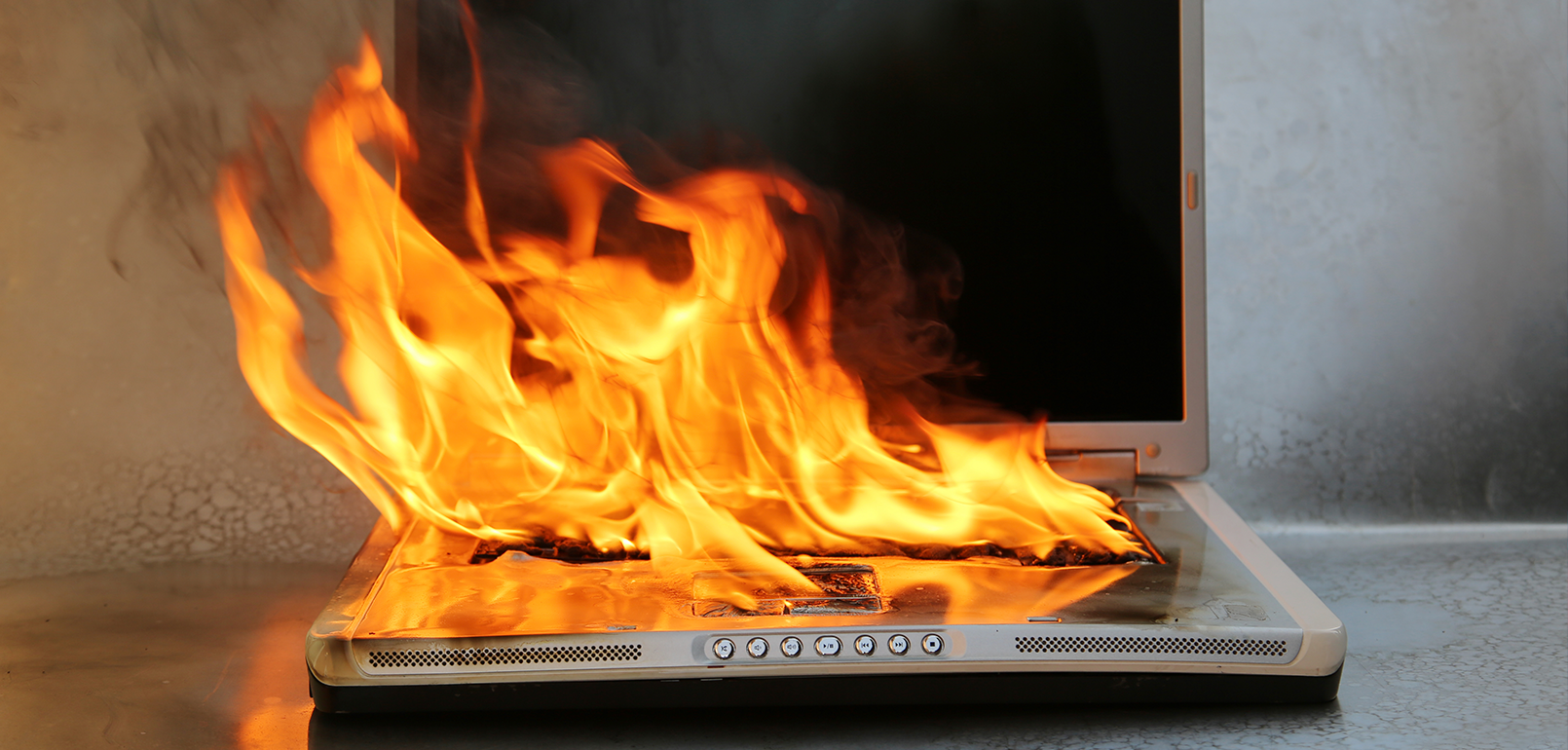
Recovery Time Objective (RTO) and Recovery Point Objective (RPO) are two of the most important components of your data recovery strategy. Although they sound similar, they are completely different. Understanding the difference between these two terms will help you optimize your business continuity plan. Additionally, it will prevent downtime from having a negative impact on your business.
Without further ado, here’s everything you need to know about RTO and RPO.
What is RTO?
Recovery Time Objective, or RTO, is the amount of time it takes you to restore regular business processes after a natural disaster or emergency situation. Defining RTO is essential — it will ensure you take the necessary steps to get your business up and running after a disaster.
“[RTO] is the target time you set for the recovery of your IT and business activities after a disaster has struck,” says TechAdvisory.org.
What is RPO?
Recovery Point Objective, or RPO, is the amount of time that passes that’s “acceptable” to you during an emergency situation. You should define this amount of time in your business continuity plan. If you exceed this period of time, you could jeopardize your business.
“[RPO] is focused on data and your company’s loss tolerance in relation to your data,” says TechAdvisory.org. “RPO is determined by looking at the time between data backups and the amount of data that could be lost in between backups.”
Why is RTO and RPO important?
A natural disaster or emergency situation — like a cyberattack — will inevitably lead to downtime in your business. This can have a number of consequences. You might be unable to communicate with customers and clients, handle transactions or complete workflows.
RTO and RPO are two parameters that will minimize the risks associated with downtime. Furthermore, they’ll help you manage a disaster more effectively.
More than half of businesses experienced downtime that lasted more than 8 hours in the previous five years. Moreover, just 2% of companies recovered from a downtime incident in under an hour. Therefore, it’s essential that you have a proper disaster recovery and business continuity plan in place. RTO and RPO are important elements of that plan.
What happens if you ignore RTO and RPO?
- If you ignore RTO — the amount of time it takes for you to get up and running again after a disaster — you won’t be able to manage downtime properly in the future.
- If you ignore RPO — the amount of downtime that’s acceptable during a disaster — you won’t meet your business continuity objectives. That could jeopardize your business reputation. In fact, you could lose customers if you experience too much downtime. Consumers won’t be able to purchase products from your online store or contact you with queries.
“With a business continuity plan, your business will have a better chance of remaining competitive and minimizing the loss of revenue and customers,” says the Insurance Institute for Business & Home Safety. “A solid and tested plan boosts customer confidence.”
Partnering with a business continuity professional will help you manage RTO and RPO effectively. An expert will use the latest technologies — cloud backup, data recovery software, encryption, etc. — to minimize downtime events and protect your data.
Share this entry
-
Share on Facebook
Share on Facebook
-
Share on Twitter
Share on Twitter
- Share on Google+
-
Share on Pinterest
Share on Pinterest
- Share on Linkedin
- Share on Tumblr
- Share on Vk
- Share on Reddit
- Share by Mail
Subscribe to our Newsletter
Don’t miss out on the latest news from Entech. Submit your e-mail to subscribe to our monthly e-mail list.
.png?width=360&height=300&name=Logo%20(2).png)









